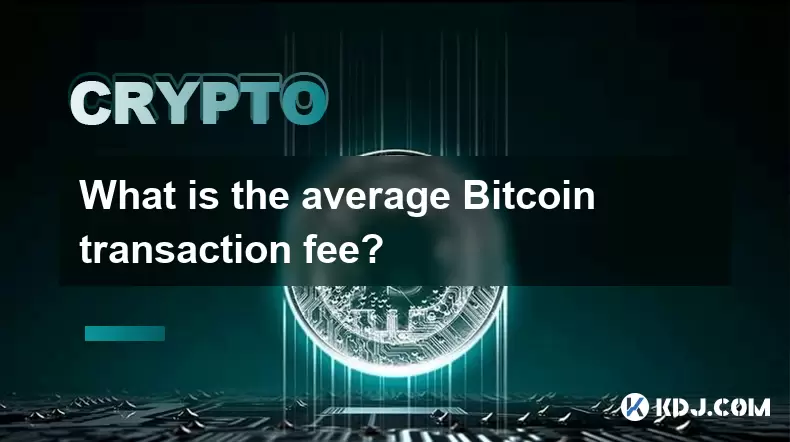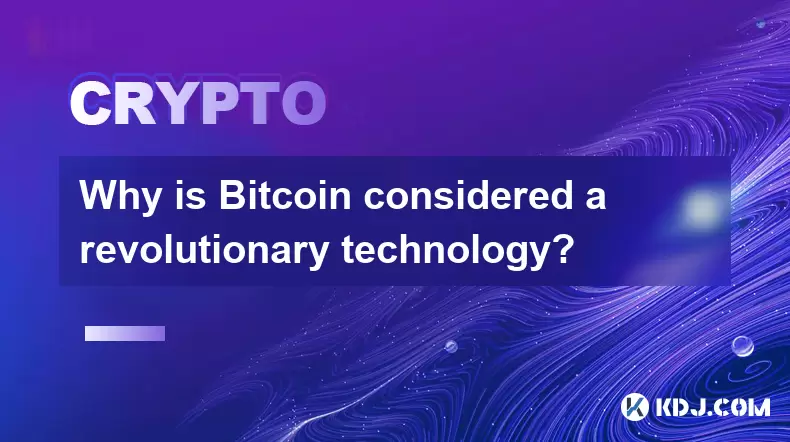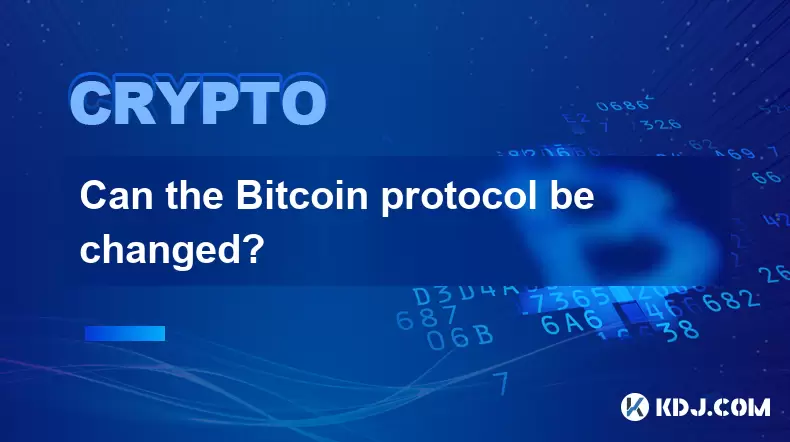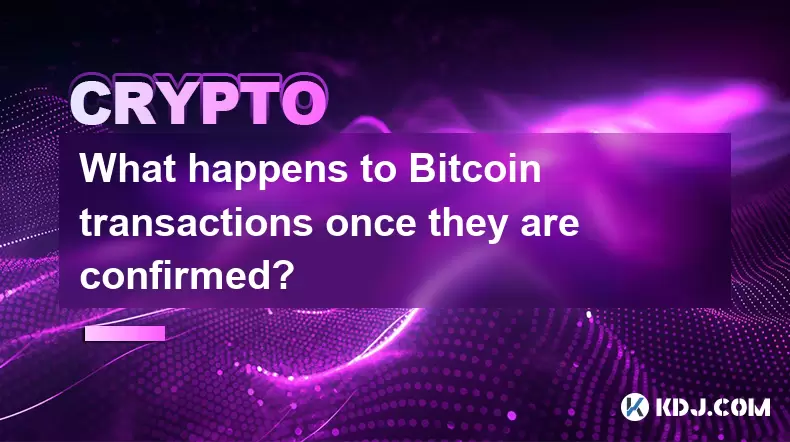-
 Bitcoin
Bitcoin $111300
-0.83% -
 Ethereum
Ethereum $4296
-0.28% -
 XRP
XRP $2.970
-0.28% -
 Tether USDt
Tether USDt $0.0000
0.01% -
 BNB
BNB $876.7
-0.13% -
 Solana
Solana $216.7
0.50% -
 USDC
USDC $0.9998
0.01% -
 Dogecoin
Dogecoin $0.2424
1.50% -
 TRON
TRON $0.3345
0.88% -
 Cardano
Cardano $0.8635
0.03% -
 Hyperliquid
Hyperliquid $53.38
5.54% -
 Chainlink
Chainlink $23.07
0.27% -
 Ethena USDe
Ethena USDe $1.001
0.02% -
 Sui
Sui $3.463
-0.21% -
 Stellar
Stellar $0.3738
-0.33% -
 Bitcoin Cash
Bitcoin Cash $578.5
-1.51% -
 Avalanche
Avalanche $26.00
2.07% -
 Hedera
Hedera $0.2276
0.77% -
 UNUS SED LEO
UNUS SED LEO $9.548
0.02% -
 Cronos
Cronos $0.2597
2.73% -
 Litecoin
Litecoin $112.0
-0.64% -
 Toncoin
Toncoin $3.089
-0.29% -
 Shiba Inu
Shiba Inu $0.00001285
-0.10% -
 Polkadot
Polkadot $4.098
1.54% -
 Uniswap
Uniswap $9.484
-0.88% -
 Ethena
Ethena $0.8361
8.06% -
 Dai
Dai $0.9998
0.01% -
 Monero
Monero $269.5
-0.68% -
 World Liberty Financial
World Liberty Financial $0.1994
-4.02% -
 Aave
Aave $299.1
-1.29%
What is the average Bitcoin transaction fee?
Bitcoin transaction fees fluctuate based on network demand and transaction size, with users able to adjust fees manually for faster confirmations or lower costs.
Jul 07, 2025 at 05:14 pm

Understanding Bitcoin Transaction Fees
Bitcoin transaction fees are an essential aspect of the network's functionality. These fees are paid by users to miners as an incentive for including their transactions in a block. Unlike traditional banking systems, where fees are often fixed or regulated, Bitcoin transaction fees fluctuate based on network demand and other factors. The fee is not determined by the amount being sent but rather by the size of the transaction in bytes and the current congestion of the network.
When more users are sending transactions simultaneously, the competition for block space increases, which leads to higher fees. Conversely, during periods of low activity, fees tend to be lower. Users can manually adjust the fee they're willing to pay, allowing them to prioritize speed or cost-efficiency.
Factors Influencing Bitcoin Transaction Costs
Several variables impact the cost of sending Bitcoin. One of the most significant is block space demand, which directly affects how much users must pay per byte of data their transaction occupies. Miners typically prioritize transactions with higher fees per byte, so users who want faster confirmations often set higher fees.
Another factor is transaction size, measured in virtual bytes (vbytes). Transactions that involve multiple inputs or outputs take up more space and therefore incur higher fees. Wallet efficiency also plays a role — some wallets optimize transaction structures better than others, resulting in smaller data footprints and reduced costs.
Additionally, network upgrades like SegWit and the Lightning Network have introduced ways to reduce fees. SegWit separates signature data from transaction data, effectively lowering the weight of each transaction. The Lightning Network enables off-chain transactions, bypassing the main blockchain entirely for small, frequent transfers.
How to Calculate Bitcoin Transaction Fees
Calculating Bitcoin fees involves understanding two key metrics: fee rate (satoshis per vbyte) and transaction size (in vbytes). Most modern wallets display these values automatically, but advanced users may calculate them manually.
To estimate the fee:
- Check the current recommended fee rate using a blockchain explorer or fee estimation tool.
- Determine your transaction’s size in vbytes (this varies depending on the number of inputs and outputs).
- Multiply the fee rate by the transaction size to get the total fee in satoshis.
For example, if the current fee rate is 10 satoshis/vbyte and your transaction is 250 vbytes, the total fee would be 2,500 satoshis (0.000025 BTC).
Wallets often provide sliders or options for 'slow,' 'normal,' or 'fast' confirmation speeds, adjusting the fee accordingly.
Monitoring Real-Time Bitcoin Fee Rates
Real-time fee monitoring tools help users make informed decisions about their transaction fees. Platforms such as mempool.space, BitPay's Fee Estimator, and Bitcoin Fee Calculator offer live updates on current fee rates and estimated confirmation times.
These tools typically display graphs showing the mempool backlog and suggested fee ranges for different confirmation priorities. Some wallets integrate this data directly into their interfaces, offering dynamic fee adjustments before broadcasting a transaction.
Using these services allows users to avoid overpaying during high-demand periods or underpaying when delays could occur. For instance, if the mempool has a large backlog, the tool might recommend a higher fee to ensure inclusion in the next few blocks.
Strategies to Minimize Bitcoin Transaction Fees
There are several strategies users can adopt to minimize transaction costs without sacrificing security or reliability. One effective method is batching transactions, where multiple payments are combined into a single transaction. This reduces the overall number of inputs and outputs, lowering the total vbyte count and associated fees.
Another strategy is using SegWit-compatible addresses, which reduce the transaction weight and result in lower fees. Many wallets now default to SegWit addresses, but it's worth verifying whether your receiving address format starts with 'bc1q' (Bech32) or '3' (P2SH-SegWit).
Scheduling non-urgent transactions during off-peak hours can also lead to significant savings. Monitoring mempool conditions and waiting for dips in demand helps users send Bitcoin at lower fees without long wait times.
Lastly, utilizing second-layer solutions like the Lightning Network can eliminate on-chain fees altogether for small or recurring payments. While not suitable for all use cases, Lightning offers near-instant, low-cost transfers between connected nodes.
Frequently Asked Questions
Q: Can Bitcoin transaction fees exceed the value being sent?Yes, especially when sending very small amounts of Bitcoin during periods of high network congestion. It’s important to verify the fee before confirming a transaction, particularly for microtransactions.
Q: Are Bitcoin fees paid to miners only?Yes, Bitcoin transaction fees go directly to the miner who includes the transaction in a block. This serves as an additional reward beyond the block subsidy (newly minted Bitcoin).
Q: Do hardware wallets charge transaction fees?No, hardware wallets do not charge fees themselves. However, they allow users to set fees for on-chain transactions. The actual fee is still paid to miners.
Q: Why do fees vary between different Bitcoin wallets?Different wallets may use varying methods to estimate fees or structure transactions. Some wallets may include more inputs, increasing the transaction size and thus the fee. Additionally, wallet settings and default fee strategies can differ.
Disclaimer:info@kdj.com
The information provided is not trading advice. kdj.com does not assume any responsibility for any investments made based on the information provided in this article. Cryptocurrencies are highly volatile and it is highly recommended that you invest with caution after thorough research!
If you believe that the content used on this website infringes your copyright, please contact us immediately (info@kdj.com) and we will delete it promptly.
- Cardano, Ethereum, and Hoskinson: Navigating the Crypto Landscape
- 2025-09-10 02:25:14
- Bitcoin Price Stays Steady as Whales Eye Rollblock's Accumulation Growth
- 2025-09-10 02:25:14
- Bitcoin, Solana, Ethereum: Navigating the Crypto Landscape in 2025
- 2025-09-10 02:30:12
- VivoPower, Tembo, and RLUSD: Driving Innovation in Electric Vehicles with Blockchain Finance
- 2025-09-10 02:45:12
- Render Price Chart Analysis: Is a Double-Digit Comeback on the Horizon?
- 2025-09-10 02:45:12
- Dogecoin ETF Buzz Fuels Price Surge: To the Moon?
- 2025-09-10 02:30:12
Related knowledge

Why is Bitcoin considered a revolutionary technology?
Aug 12,2025 at 08:29pm
Decentralization and the Elimination of Central AuthoritiesThe core innovation behind Bitcoin lies in its decentralized architecture, which fundamenta...

Why is Bitcoin considered a revolutionary technology?
Aug 10,2025 at 07:42pm
Decentralized Architecture and Trustless TransactionsBitcoin is considered revolutionary because it introduced a decentralized architecture that opera...

What are the key features of Bitcoin?
Aug 10,2025 at 02:50am
Decentralization and Peer-to-Peer NetworkOne of the most defining characteristics of Bitcoin is its decentralized nature. Unlike traditional financial...

Can the Bitcoin protocol be changed?
Aug 07,2025 at 01:16pm
Understanding the Bitcoin ProtocolThe Bitcoin protocol is the foundational set of rules that govern how the Bitcoin network operates. It defines every...

Can the Bitcoin protocol be changed?
Aug 11,2025 at 01:01am
Understanding the Bitcoin Protocol StructureThe Bitcoin protocol is the foundational set of rules that govern how the Bitcoin network operates. These ...

What happens to Bitcoin transactions once they are confirmed?
Aug 09,2025 at 05:22am
Understanding Bitcoin Transaction ConfirmationWhen a Bitcoin transaction is initiated, it is broadcast to the network and placed in a pool of unconfir...

Why is Bitcoin considered a revolutionary technology?
Aug 12,2025 at 08:29pm
Decentralization and the Elimination of Central AuthoritiesThe core innovation behind Bitcoin lies in its decentralized architecture, which fundamenta...

Why is Bitcoin considered a revolutionary technology?
Aug 10,2025 at 07:42pm
Decentralized Architecture and Trustless TransactionsBitcoin is considered revolutionary because it introduced a decentralized architecture that opera...

What are the key features of Bitcoin?
Aug 10,2025 at 02:50am
Decentralization and Peer-to-Peer NetworkOne of the most defining characteristics of Bitcoin is its decentralized nature. Unlike traditional financial...

Can the Bitcoin protocol be changed?
Aug 07,2025 at 01:16pm
Understanding the Bitcoin ProtocolThe Bitcoin protocol is the foundational set of rules that govern how the Bitcoin network operates. It defines every...

Can the Bitcoin protocol be changed?
Aug 11,2025 at 01:01am
Understanding the Bitcoin Protocol StructureThe Bitcoin protocol is the foundational set of rules that govern how the Bitcoin network operates. These ...

What happens to Bitcoin transactions once they are confirmed?
Aug 09,2025 at 05:22am
Understanding Bitcoin Transaction ConfirmationWhen a Bitcoin transaction is initiated, it is broadcast to the network and placed in a pool of unconfir...
See all articles
























































































